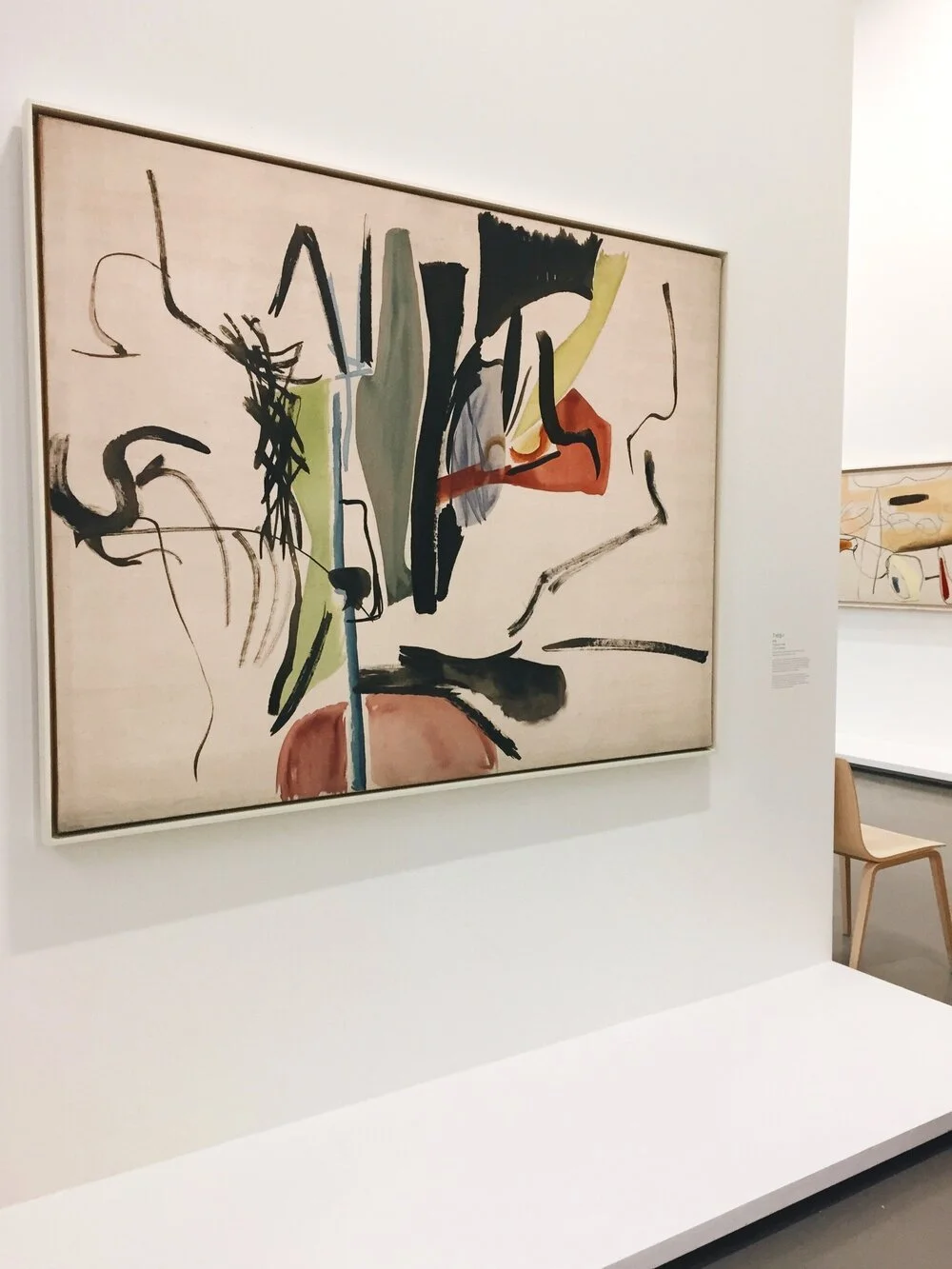Exhibition Review: Hans Hartung at MAM Paris
Le Musée d'Art Moderne de la Ville de Paris (also known as MAM Paris) is a municipal museum dedicated to modern and contemporary art. The institution sits on the east wing of the same building holding Palais de Tokyo, and is notable for massive murals by Raoul Dufy and Henri Matisse. I visited the establishment to see the temporary exhibition Hans Hartung: La fabrique du geste, a retrospective on the artist.
Hartung (1904-1989) was an abstract artist—born in Germany—who later moved to France during the postwar years. He was best known for his innovative gestural abstract style. Hartung experimented with many mediums, comprising of watercolor, photography, and even spray paint. He was influenced by several styles including German expressionism and cubism. An experimental artist, the show demonstrates the development of his practice and incorporation of new techniques and themes.
One section of the exhibition I found particularly interesting was his series of enlarged transfers, in which he created a small template of a work then transferred and expanded the exact patterns onto a large canvas. It illustrated his interest in balance, harmony and the golden ratio. It also highlighted his meticulous and calculated approach, which can be overlooked since the final product is a seemingly spontaneous and dynamic composition. Another intriguing portion of the exhibition were his large-scale canvases that used bunches of tree branches dipped in paint as the application tool—an inventive replacement for the paintbrush.
Hartung’s life story is weaved throughout the exhibition, providing context on his artistic choices. Most notably, his experiences as a refugee in France (after being expelled from Nazi Germany for creating “degenerate” art) and later as a soldier for the Foreign Legion, where he lost a leg. The exhibition also occupied domains of cultural studies, displaying advertisement posters for his international exhibitions as well as documentary films and other archival material.
The exhibition will be on view until March 1, 2020.















